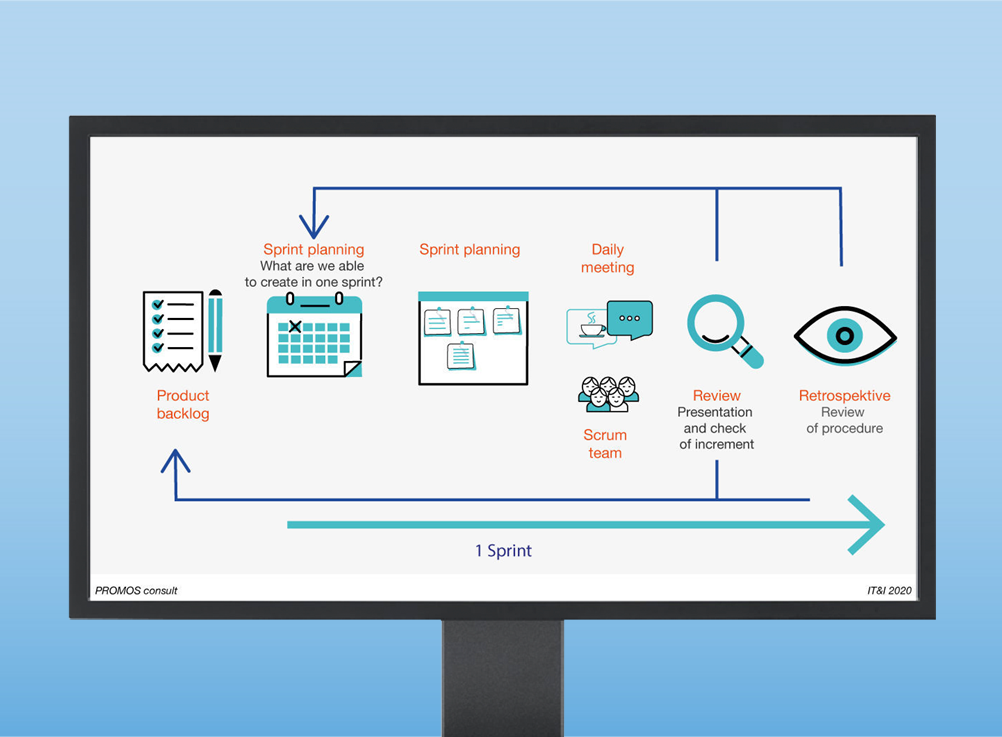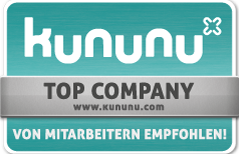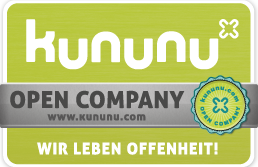How does agile project management work?
There is hardly any sector in which projects are as complex as in the real estate industry. For example, construction projects can take several years and comprise many different areas, people and locations. This gives rise to the need for modern facility and real estate management software to plan the projects efficiently. In turn, however, implementing such software is an extensive task in which various company divisions and employees need to be involved. With a view to staying up to date in this demanding environment and working transparently, efficiently and sustainably, companies are increasingly applying modern new working methods such as agile project management.
The difference between agile and classic project management
The main difference between agile and classic project management is the approach. Classic project management follows a structured, sequential approach, whereas agile project management focuses on flexibility and continuous adaptation, organising teamwork in a somewhat different way. However, the ideal project form always depends on a variety of factors, including the scope, content and type of project. Classic project methods also have numerous advantages, which are particularly useful in the case of very extensive projects. We at PROMOS have already implemented countless projects using a wide variety of methods. Whether we use the classic approach or apply more modern, agile project methods depends on the plans and wishes of our customers. Erik Walter, Head of Consulting, tells us more about this in an interview.
What agile project management methods exist?
Agile project management comprises various methods that can be adapted flexibly to the needs of a project. Scrum is a particularly popular working method, offering a clear structure with defined roles, meetings and work cycles. However, this structure is not fixed – it is continuously enhanced and updated in the Scrum Guide. Focussing on principles such as the vision that guides the team, as well as transparency, autonomy, process loyalty and continuous feedback from customers, stakeholders and users ensures that everyone involved in the project is constantly up to date and pursues a clear goal.
The framework is based on Scrum roles – the division of roles into Product Owner, Developer and Scrum Master – as well as on recurring Scrum meetings that take place within a fixed framework, including sprints, planning meetings and daily meetings. Finally, we have the Scrum artefacts and typical terms familiar to all project participants, such as the Product Backlog, Sprint Goal and Product Goal. The combination of structure, transparency and agility has already proved to be highly effective in many complex projects, as even small-scale projects can be processed efficiently and in an organised manner.

Figure 1: Through planned, regular exchange, agile project management methods promote communication within the team as well as with customers and stakeholders.
There are a few other agile project management methods that have proven effective over the years, including Kanban and Lean. Kanban makes it possible to represent the workflow visually and offers flexibility in prioritising tasks. Lean aims to minimise waste and maximise the flow of value. Which of these methods is most suitable depends on the requirements of the real estate project.
The five phases of agile project management
Although there are various agile project management methods, they all generally follow a rough process that is divided into five phases. These five phases, which form the basis for any type of project management, are usually reviewed and managed by a project manager. They were developed by the Project Management Institute (PMI), a non-profit organisation for project managers, and comprise the following stages:
Initiation: This phase entails defining the project objectives, putting together the team and determining the basic requirements.
Planning: This is where detailed planning is established, tasks are prioritised and milestones are defined.
Implementation: The actual work on the project begins. Teamwork takes centre stage and progress is regularly reviewed.
Review: In this phase, the results are evaluated, feedback is obtained and any necessary adjustments are made.
Conclusion: The project is finalised and lessons learned are documented with a view to improving future projects.
What does agile working entail?
Agile working is characterised by flexibility and a focus on collaboration. Teams work in short iterations, often referred to as “sprints”, adjusting their plans based on feedback and new requirements. Communication is crucial and teams organise themselves so that they can respond efficiently to any changes.
How do I start an agile project?
Starting an agile project requires a clear vision and an understanding of agile principles. The team should be trained in the methods involved and use the tools necessary for agile project management. A good initiation phase is crucial to clearly define the project objectives and requirements.
How can I take digital real estate management to the next level with agile project management?
Ideally, the agile project management method makes projects more efficient, flexible and customer-oriented. Real estate companies can thus benefit from the following advantages:
Faster time to market: Agile methods enable you to develop and market new functions and services more quickly. This makes it possible to react faster to changing market conditions and customer requirements.
Customer orientation: Agile approaches emphasise the ongoing involvement of customers and interest groups. This gives you a better understanding of the needs of your tenants and owners, allowing you to quickly make adjustments to meet their needs.
Flexibility: Agile projects are flexible and adaptable. If business requirements change, you can change priorities without incurring any significant delays or problems.
Collaboration: Agile methods promote collaboration in your team. This can improve communication between different departments in your real estate management and increase efficiency.
Transparency: Agile projects emphasise transparency in your work. All team members can clearly track the project progress, something that helps to minimise misunderstandings and conflicts.
Continuous improvement: Regular feedback and retrospective meetings enable you to continually improve your workflows and results.
Overall, agile project management can help to increase the efficiency, flexibility and customer orientation of your digital real estate management, thus improving service quality and increasing customer satisfaction.
Please visit our website if you would like further information:
You will find more information there about our individual digitalisation services for real estate companies.
You can read the magazine report to find out how a complex, company-wide project could be optimised using the agile project method.
Our careers page provides you with further information on our modern working methods and the working environment at PROMOS.
In the video, our app developers themselves describe how they use modern project methods such as Scrum and what makes their everyday work so special.
In our newsletter you will find the latest updates and news about the digital world of real estate.
The search for the ideal partner
Professional project management is a core competence of PROMOS. Our project managers regularly participate in further training courses and are qualified with certifications from the German Project Management Association and the International Project Management Association. We also rely on a broad range of tools, including our standardised project management handbook (PMH). This contains micro tools to support specific project steps such as data transfer and migration in IT projects – an area that is often underestimated. We integrate best practices from agile project methodology and use tools to optimise resource management and facilitate collaboration across different sites. As an experienced partner, we are ready to support customers in new projects.
Digital real estate management and optimum project methods are key components for success in today’s housing industry. Contact us to learn how we can support you in digitalising your real estate management and implementing efficient ERP systems for the real estate industry. Our experts will help you choose the right method for your project and implement your plans efficiently and competently.



